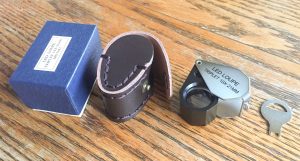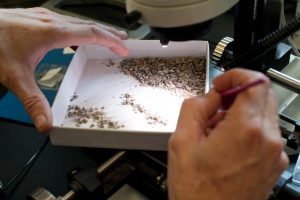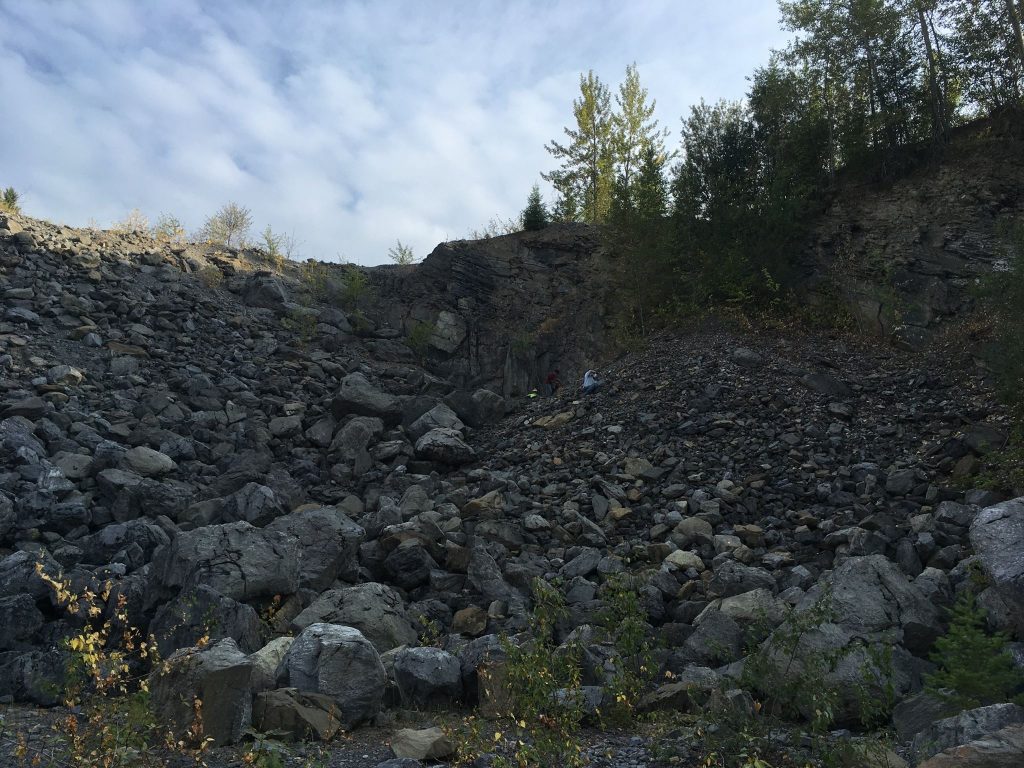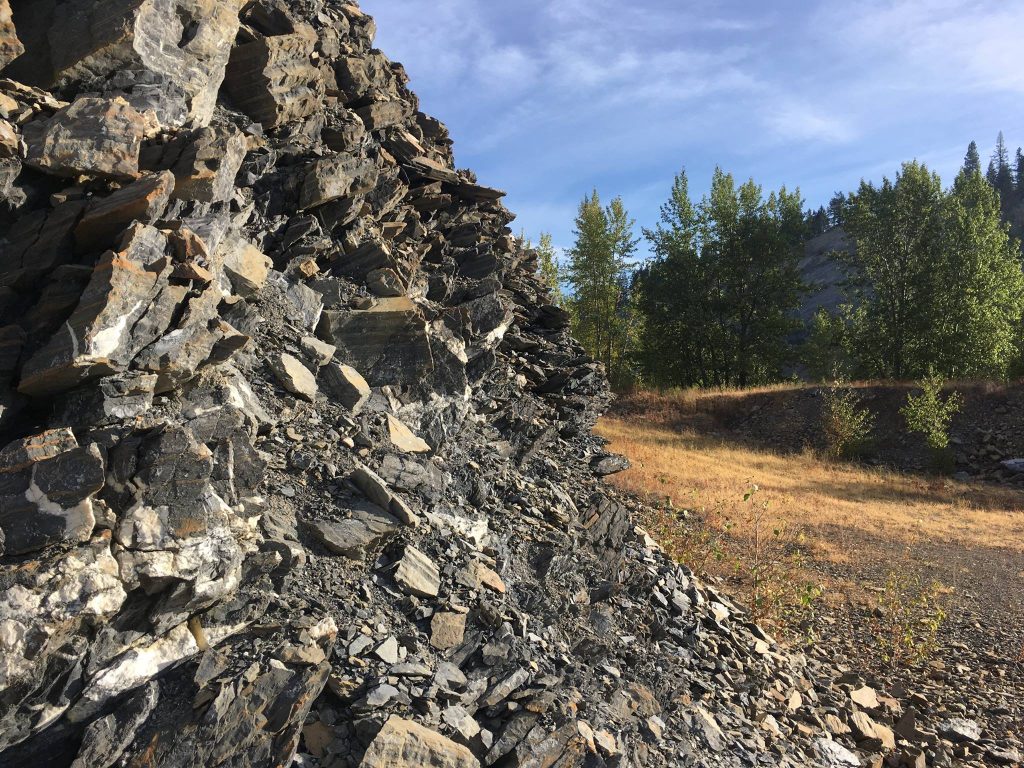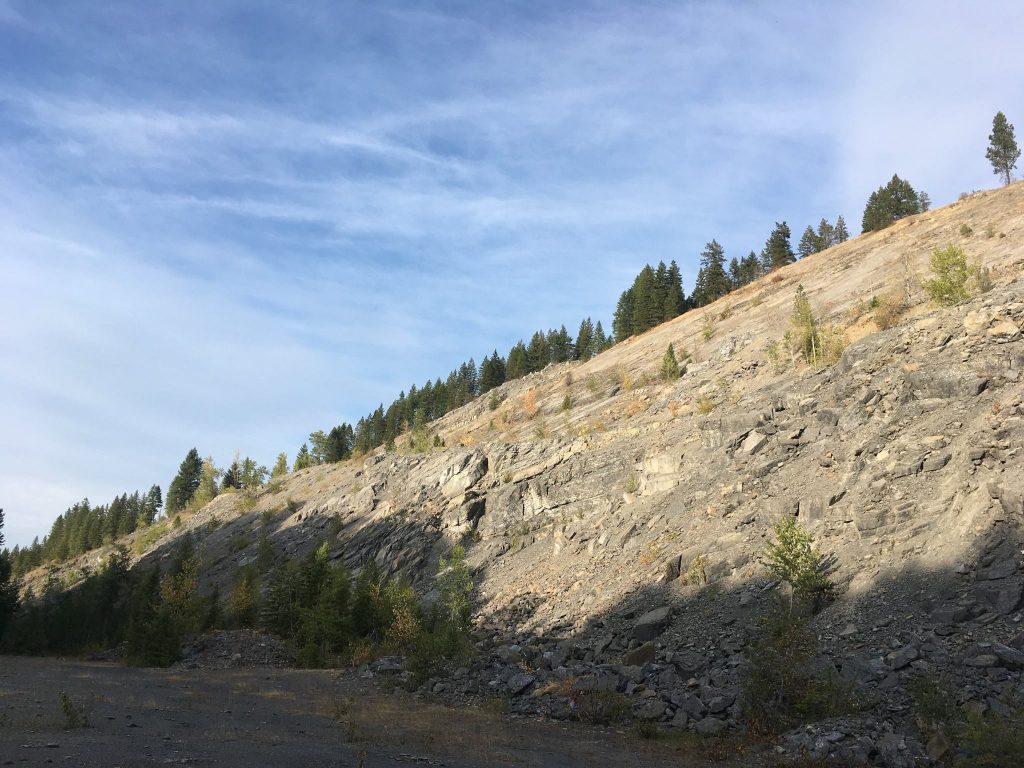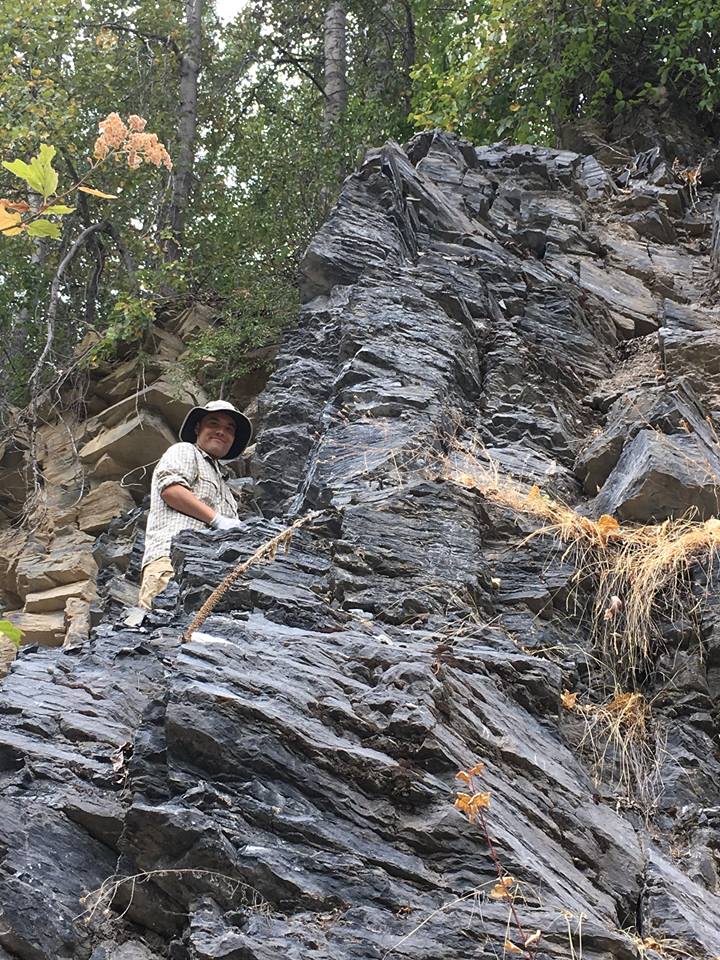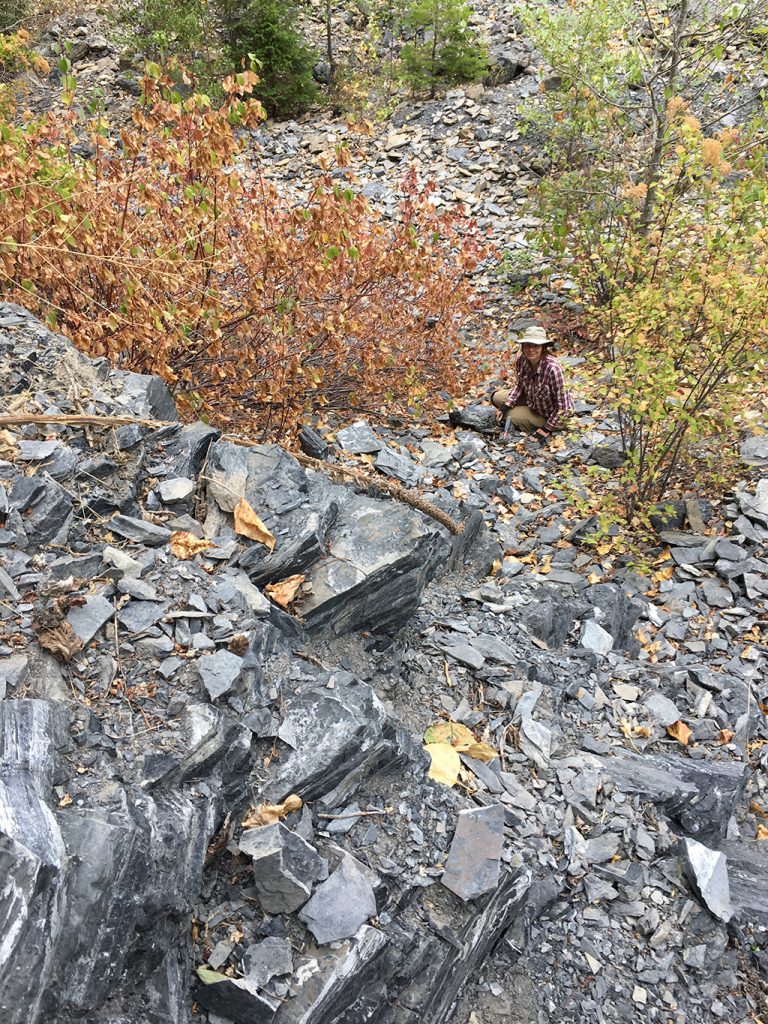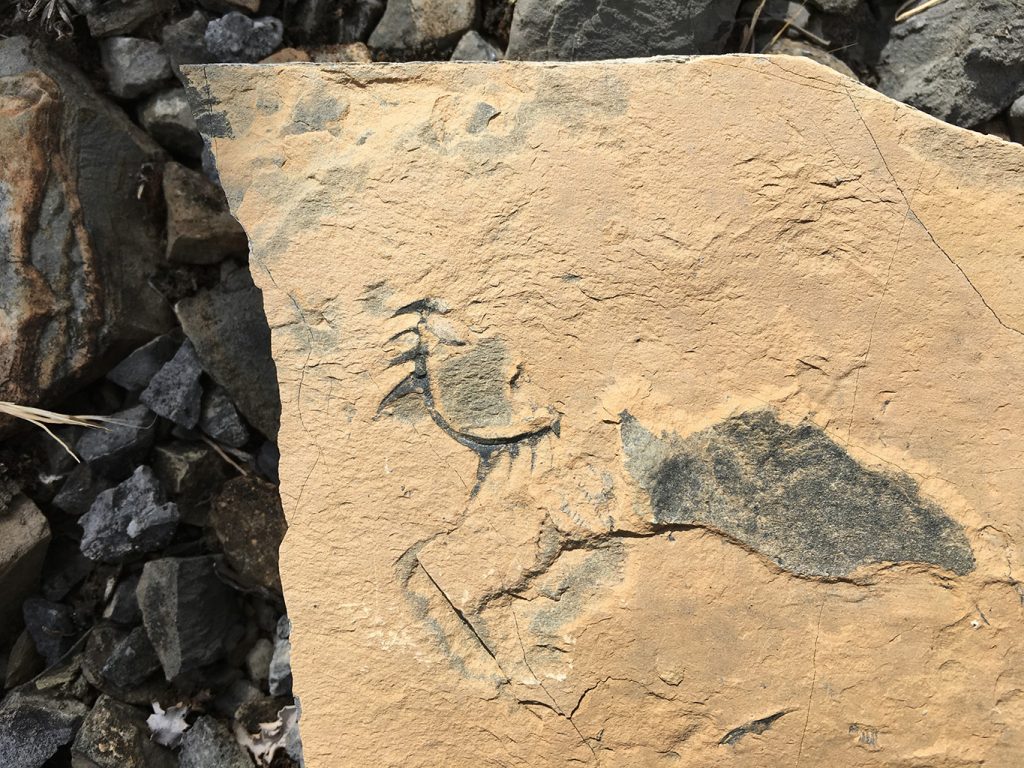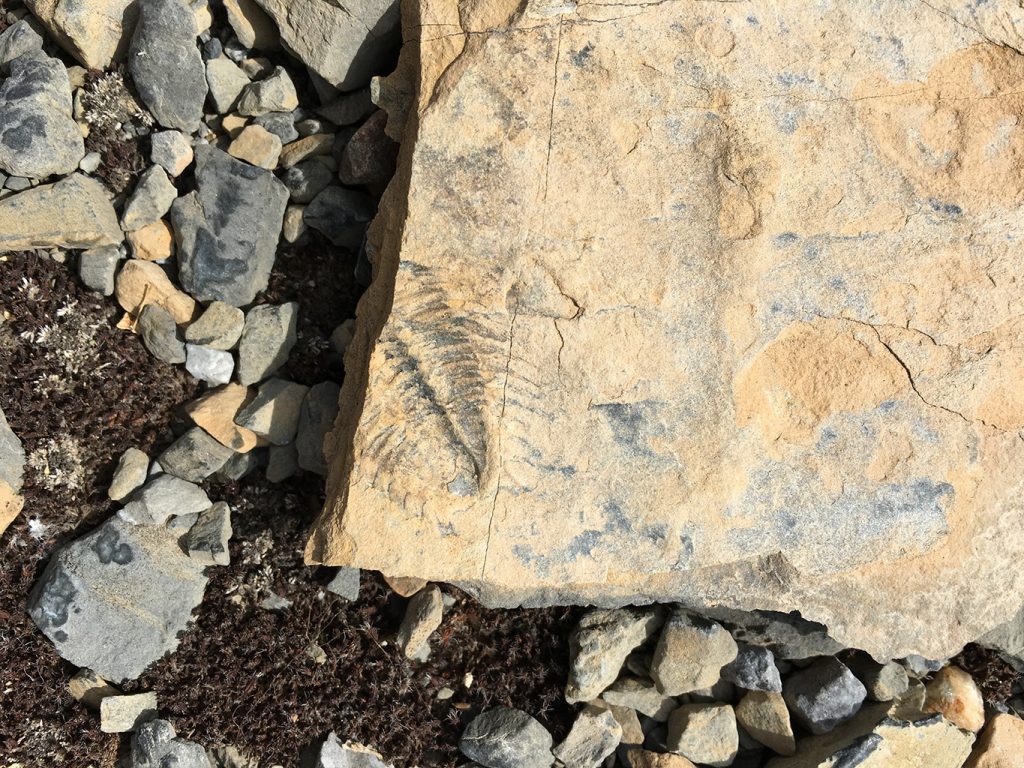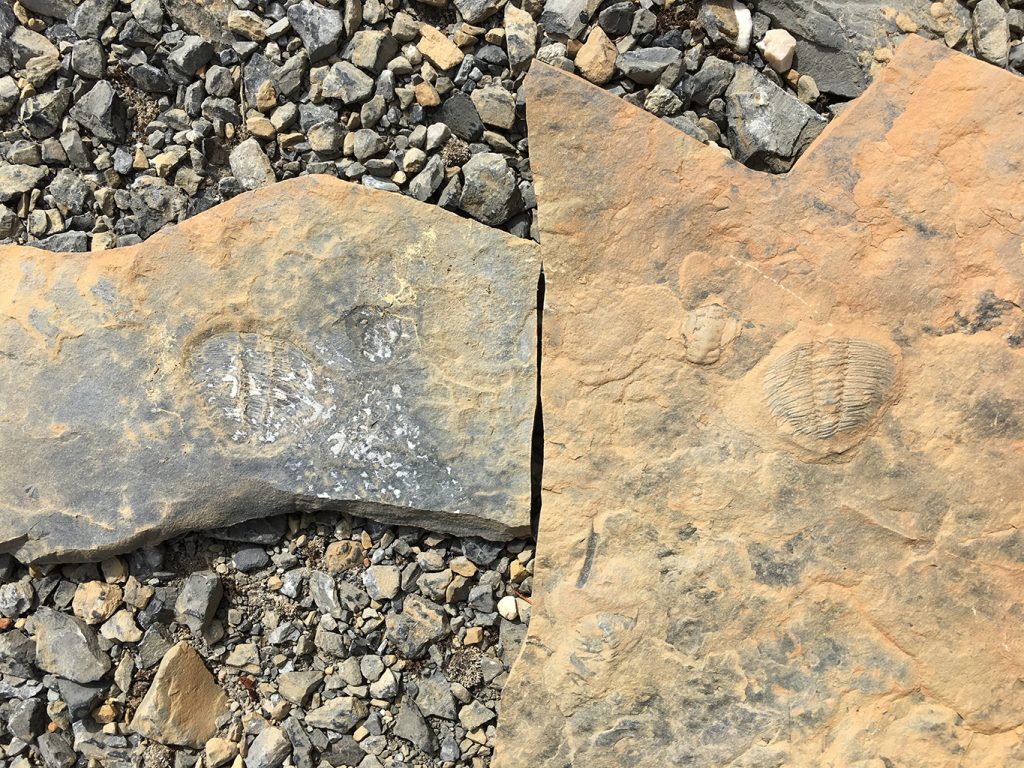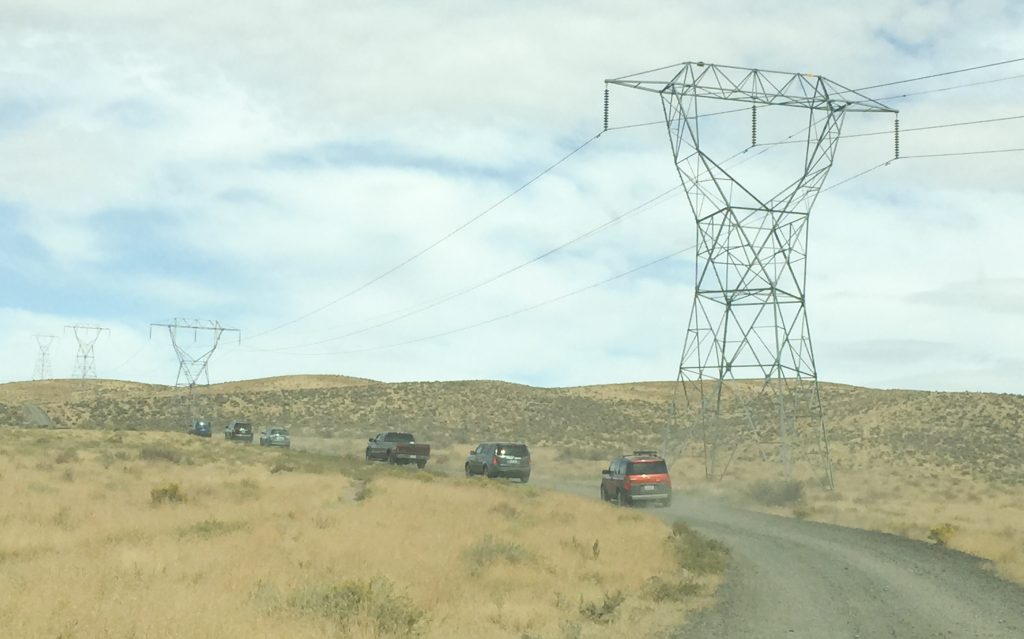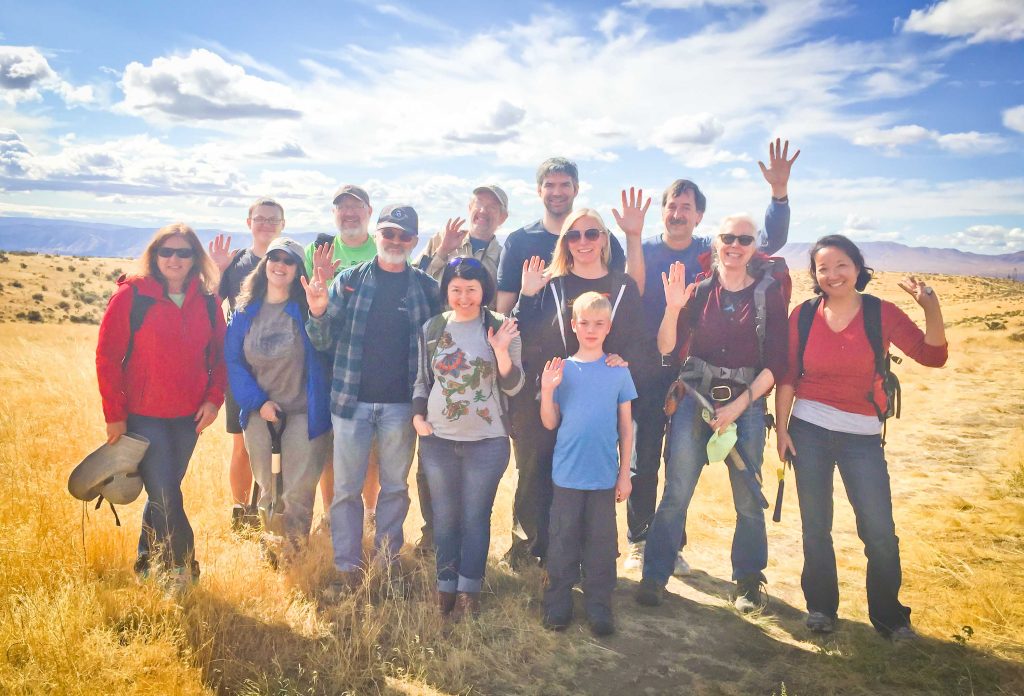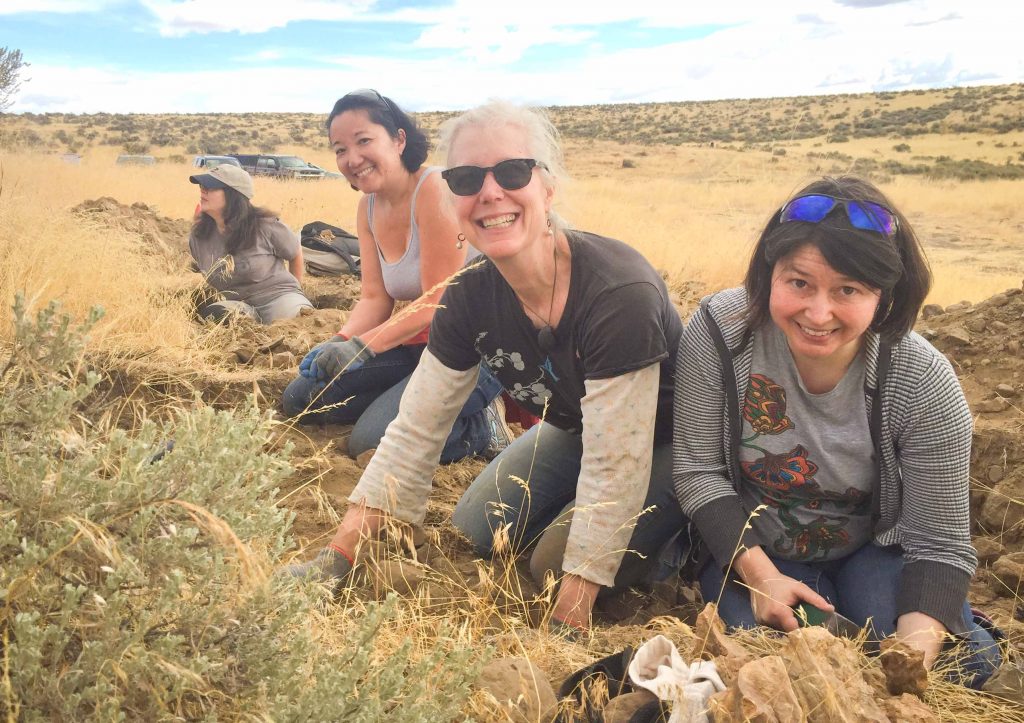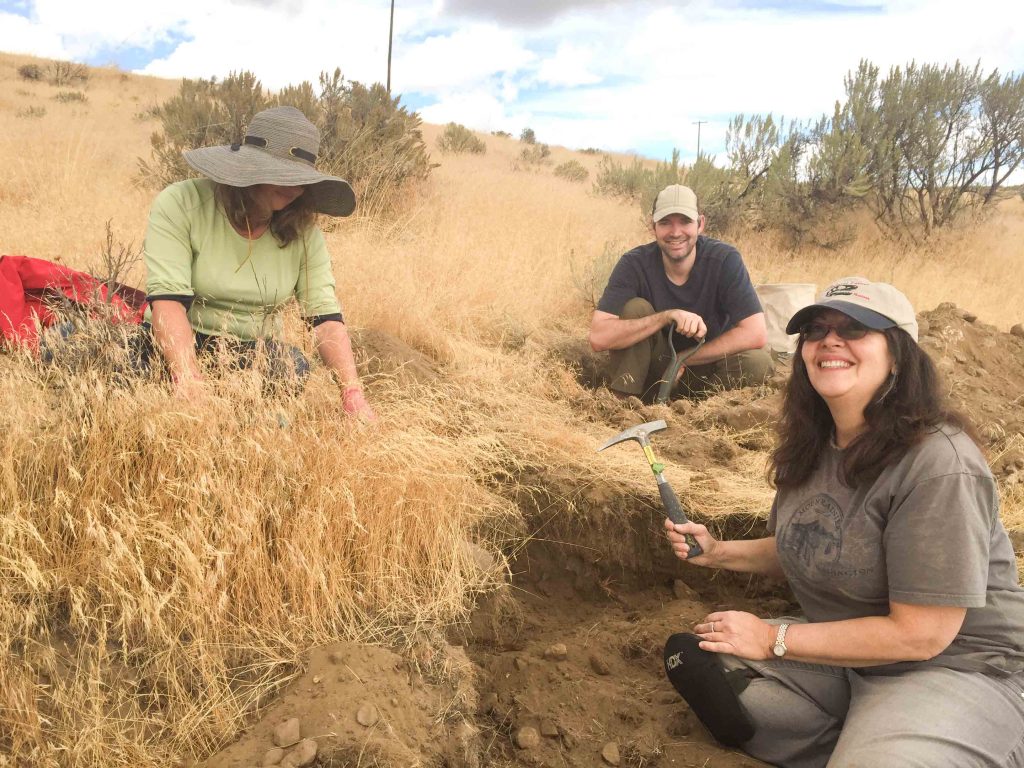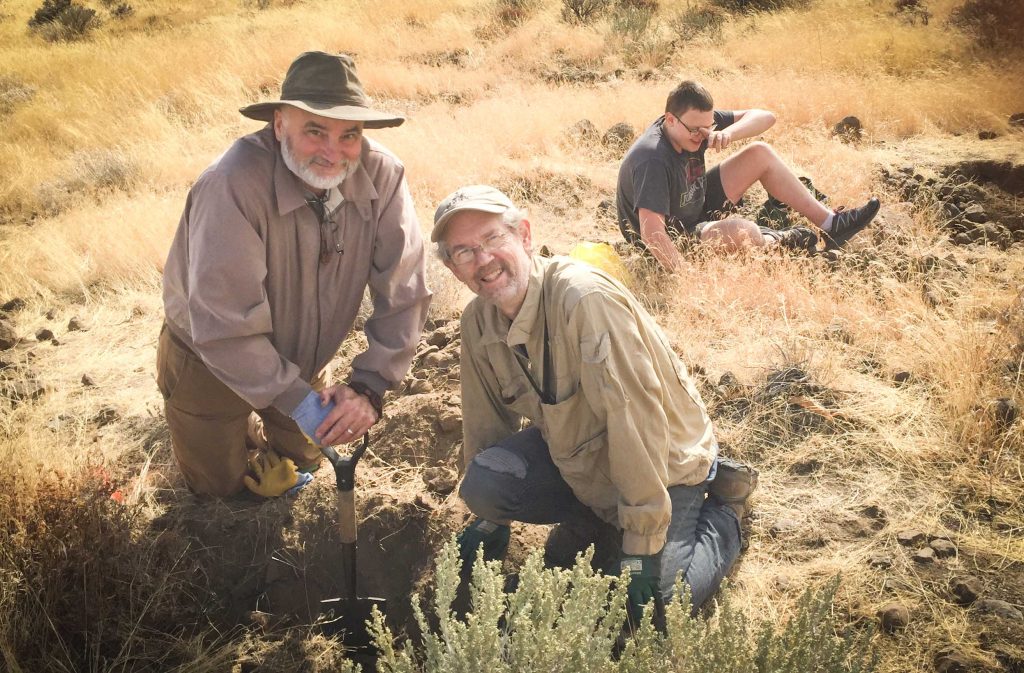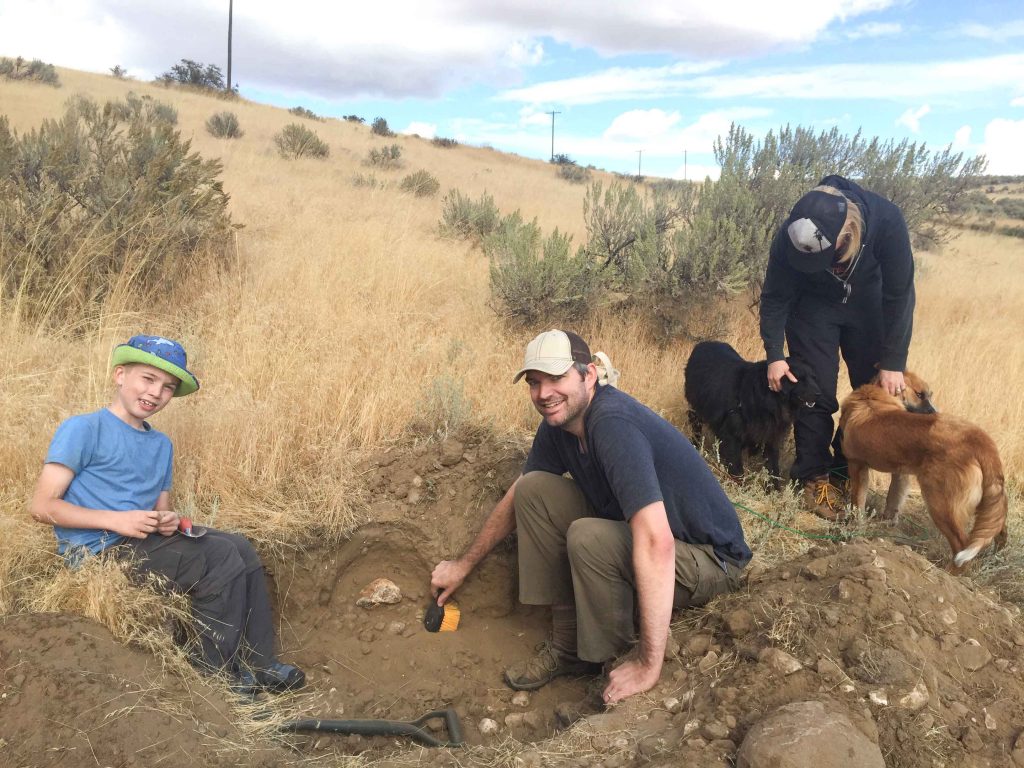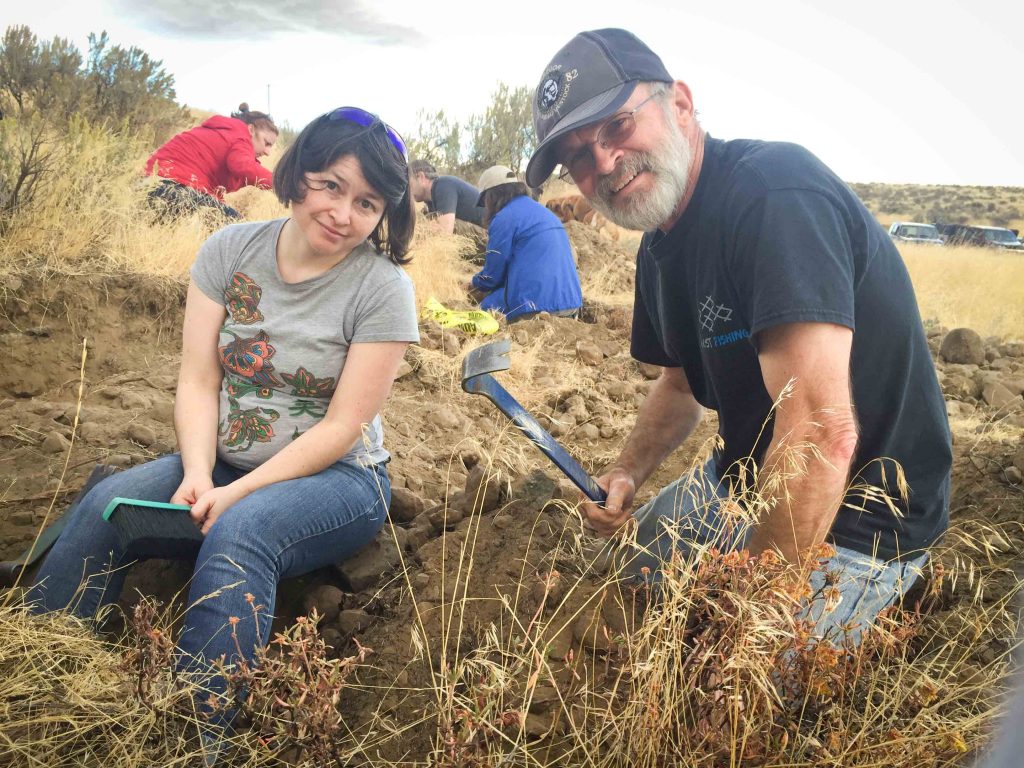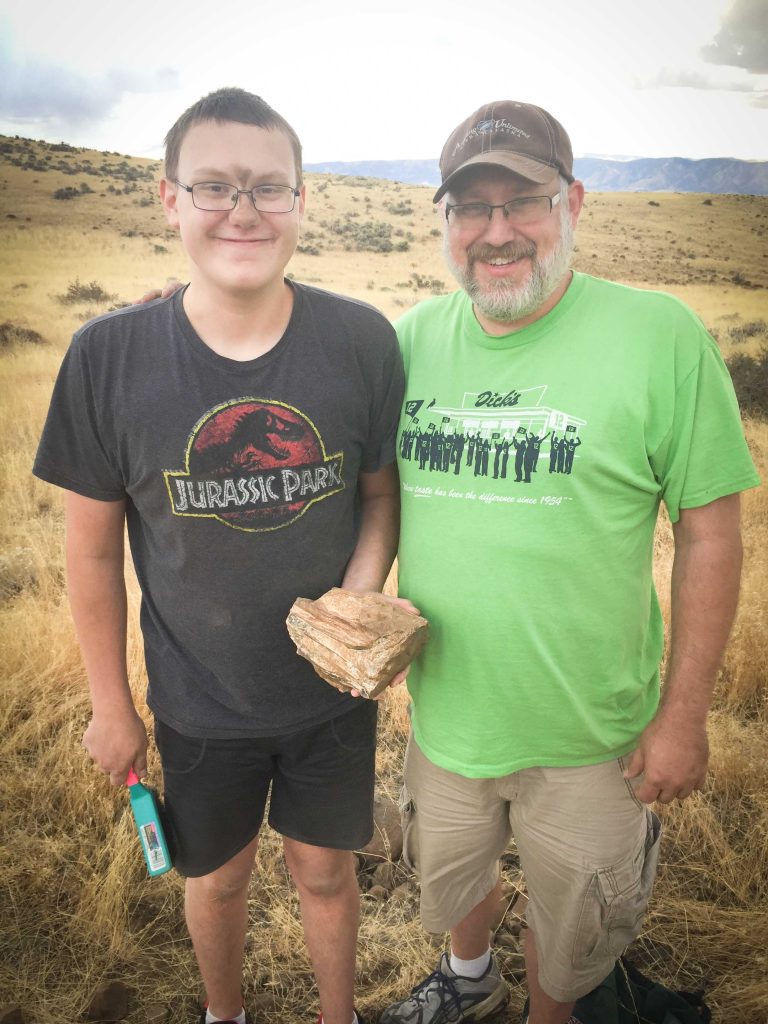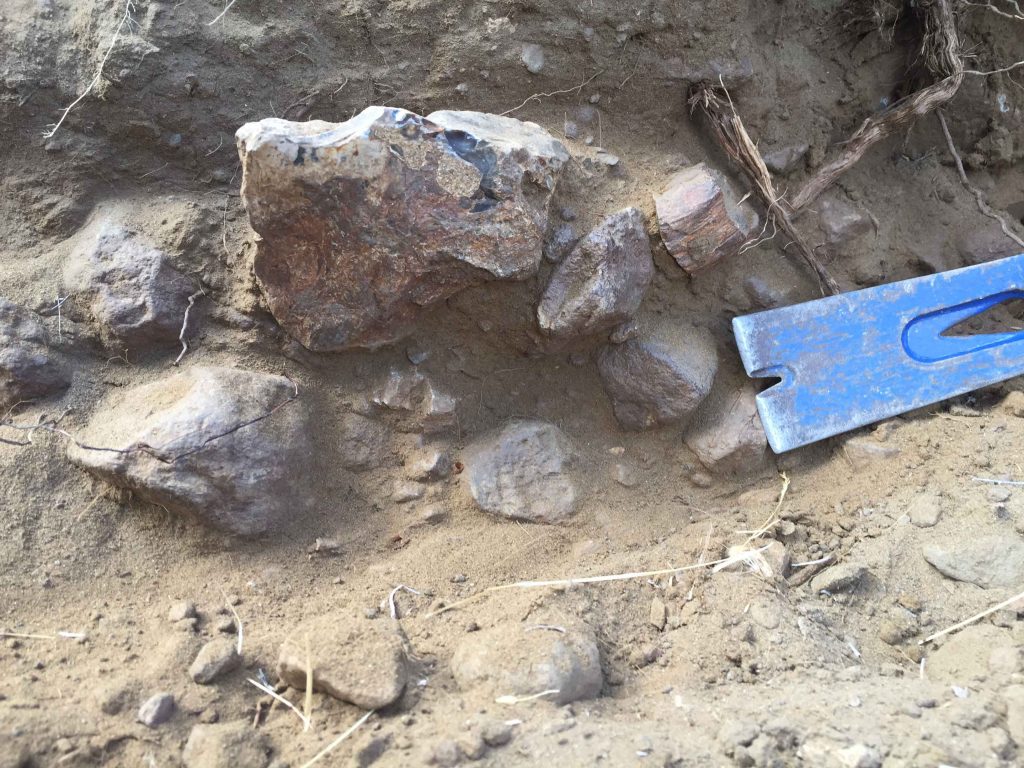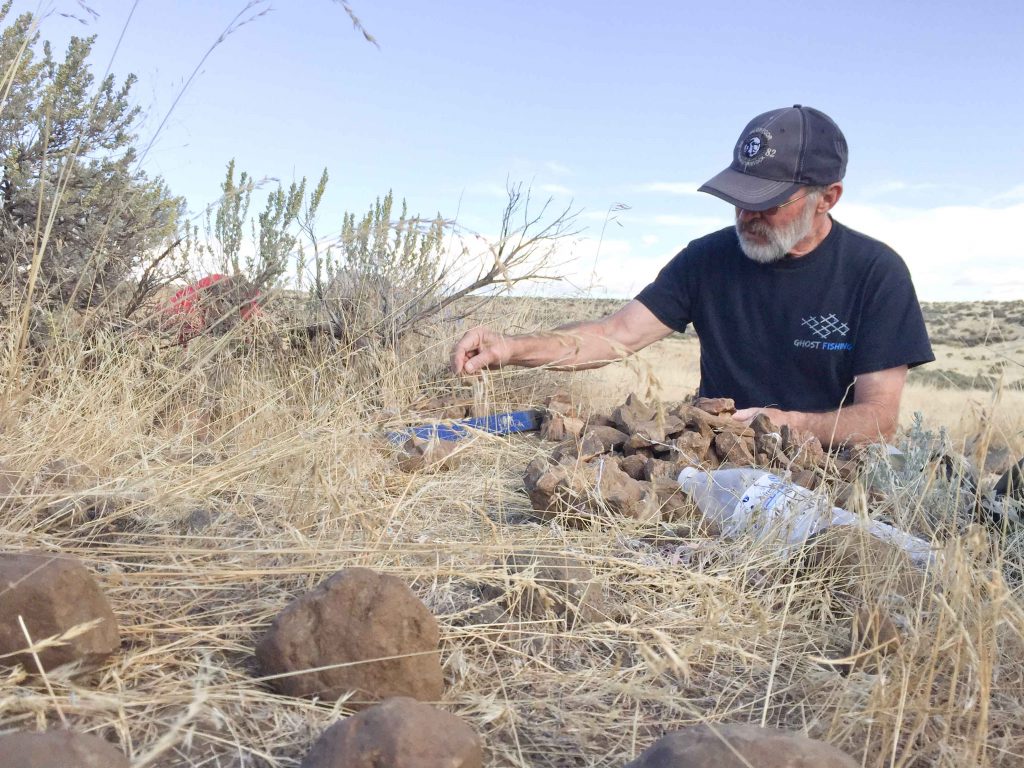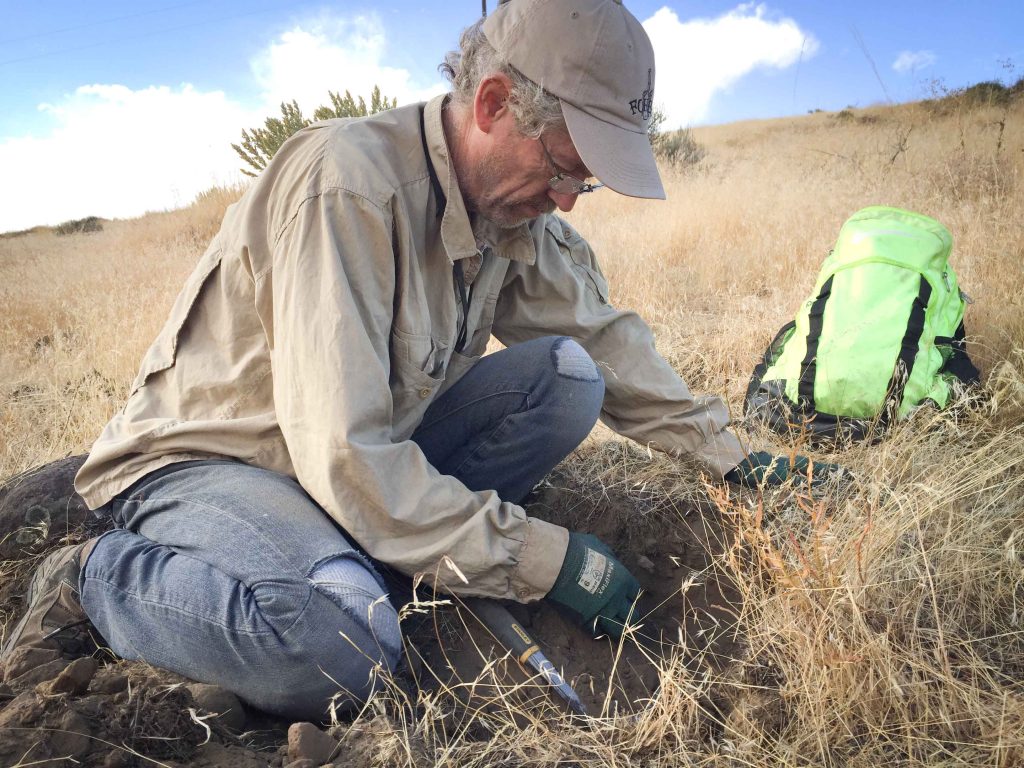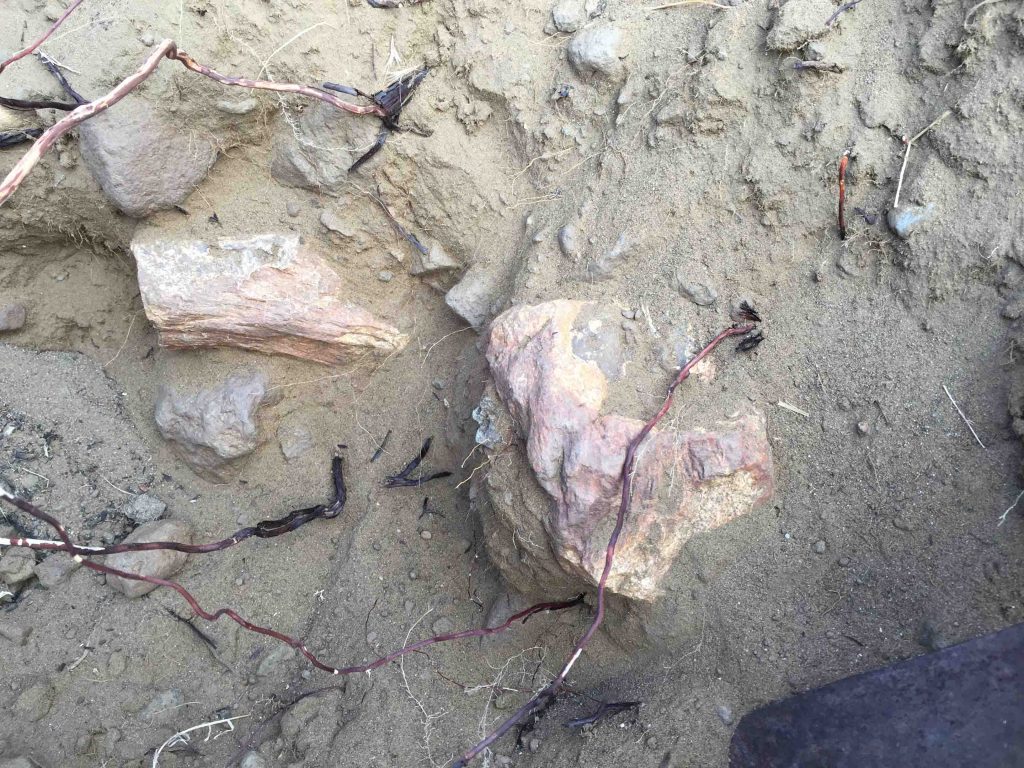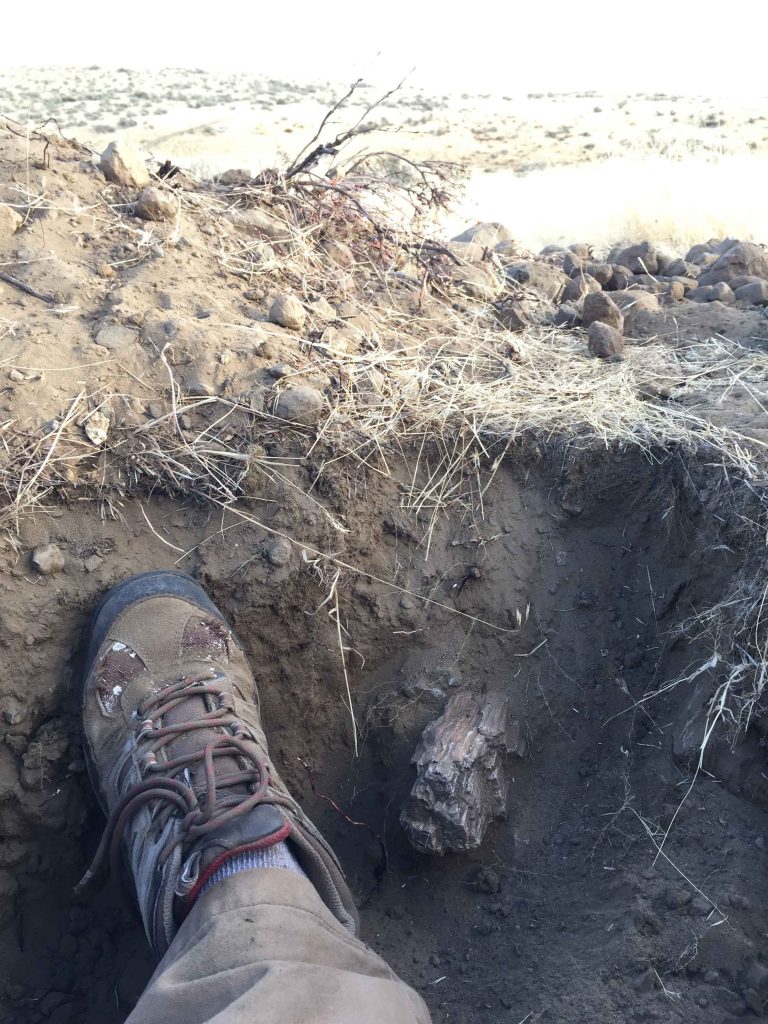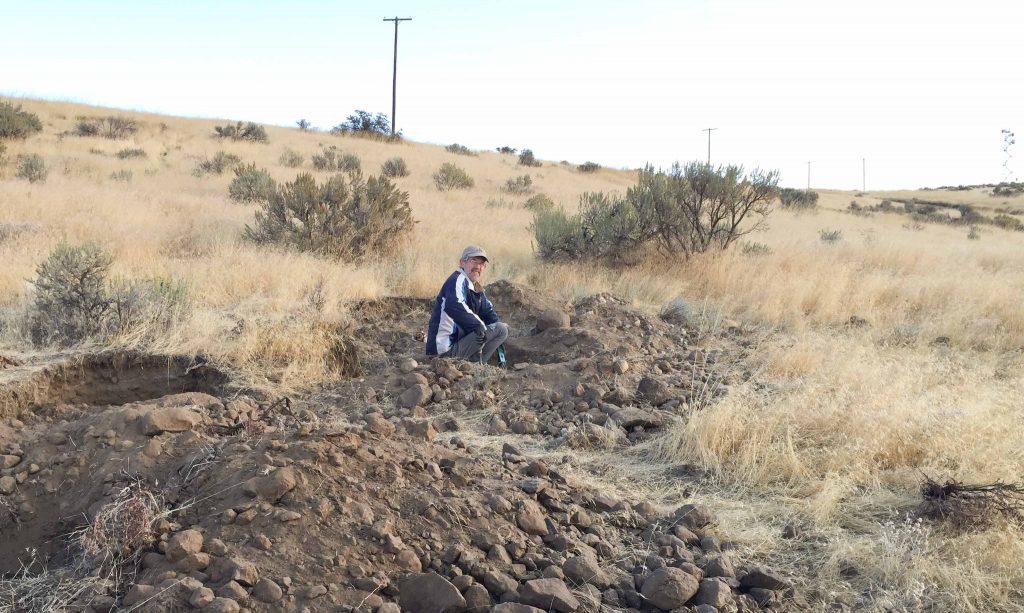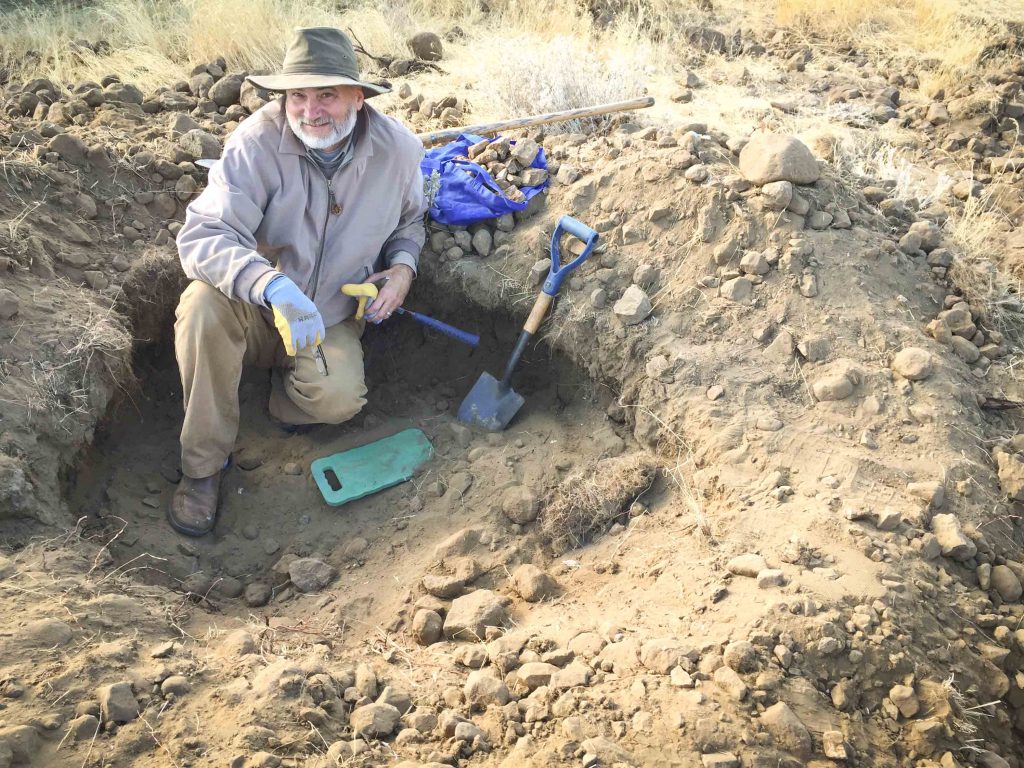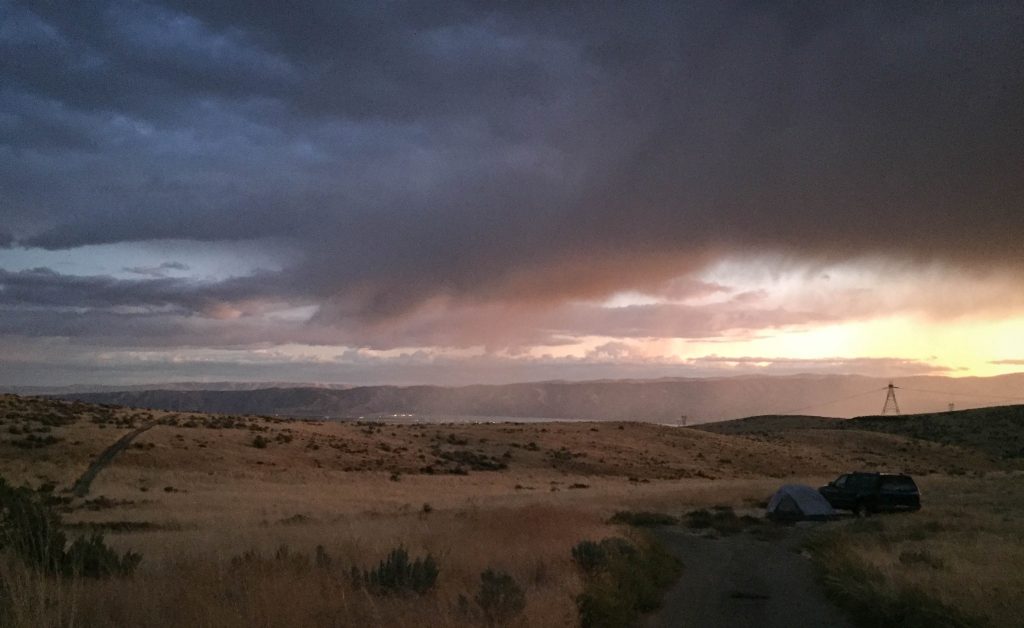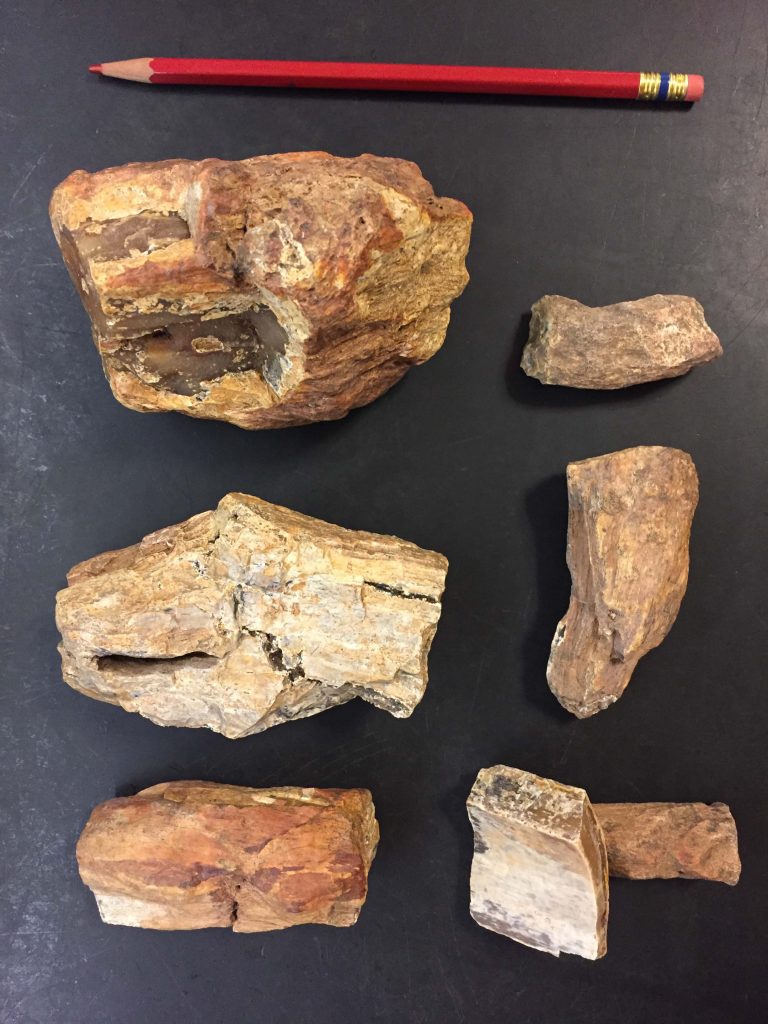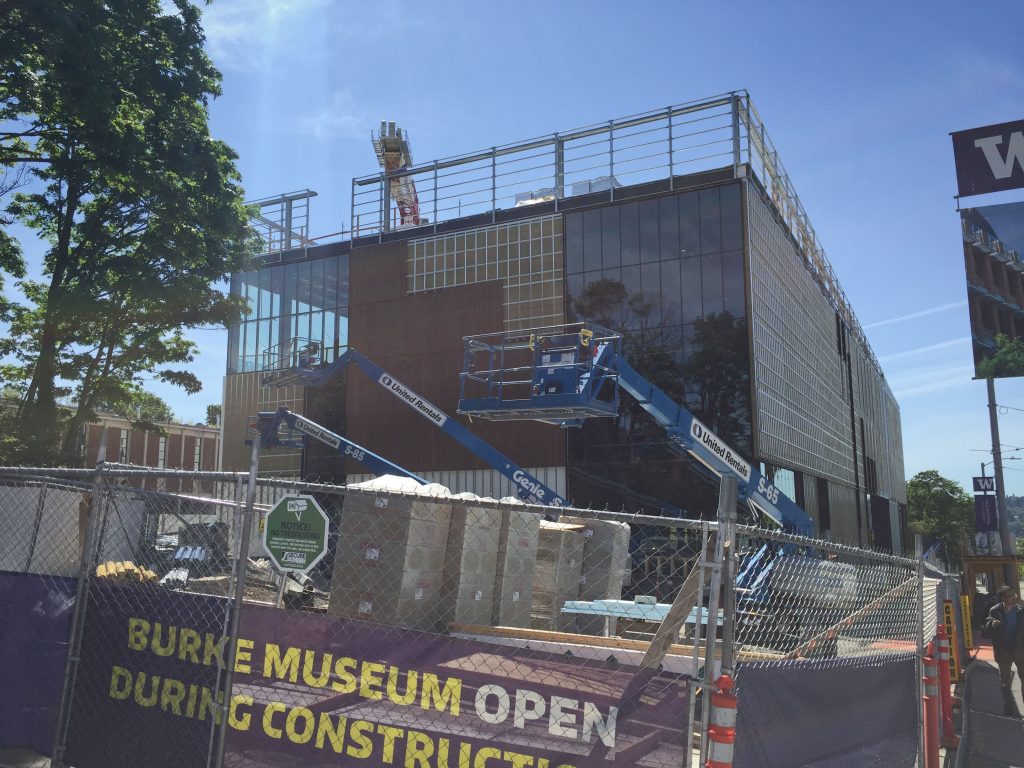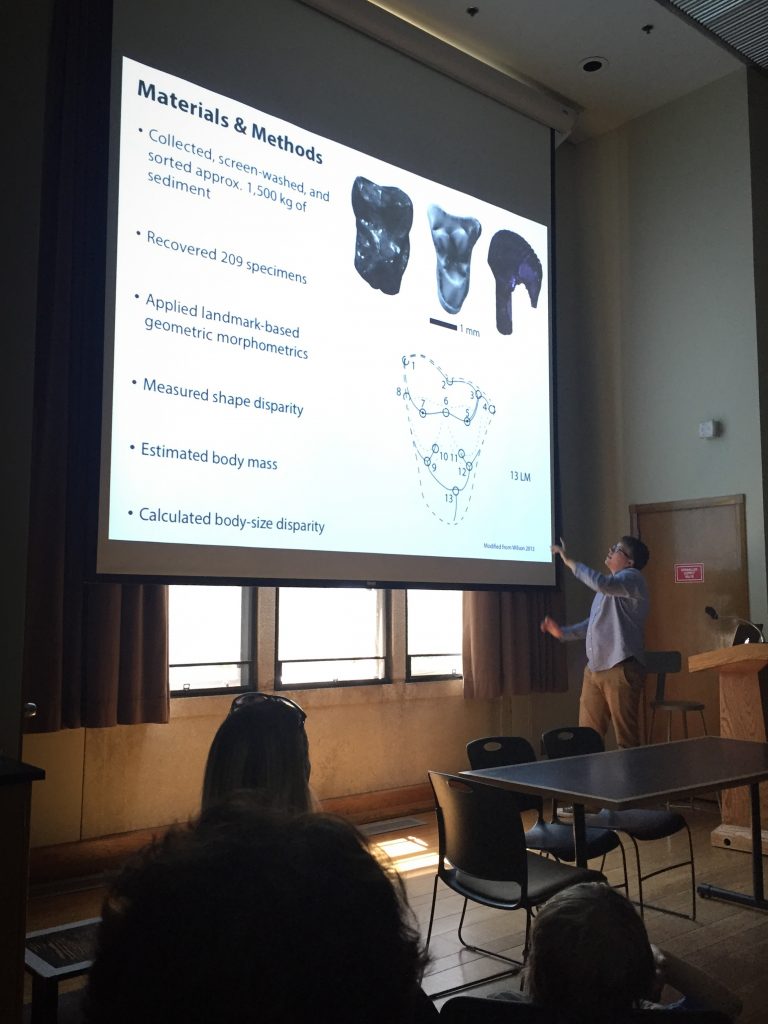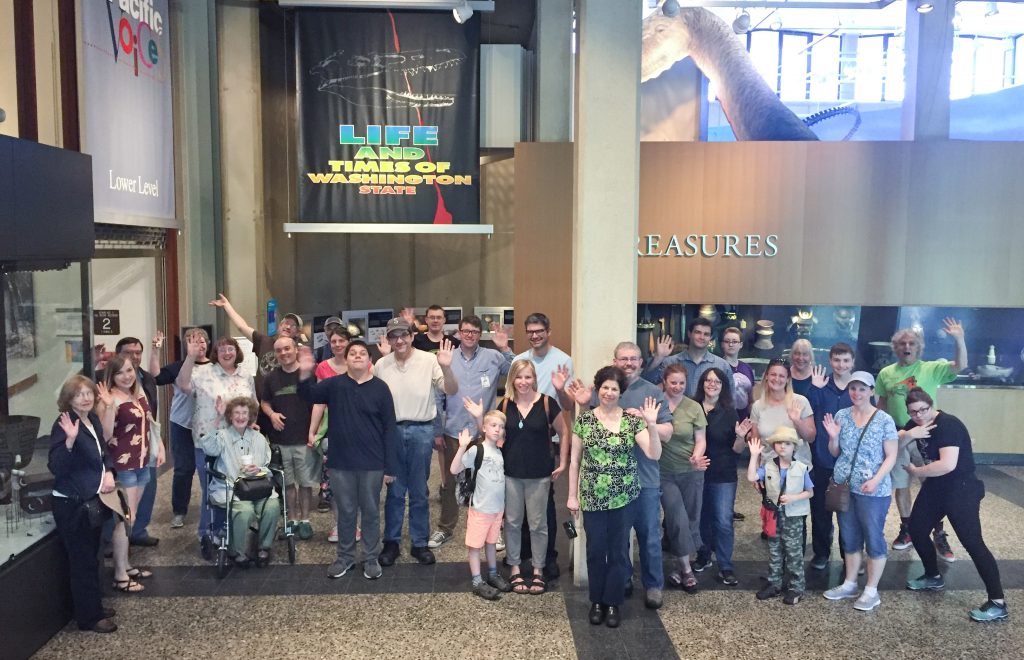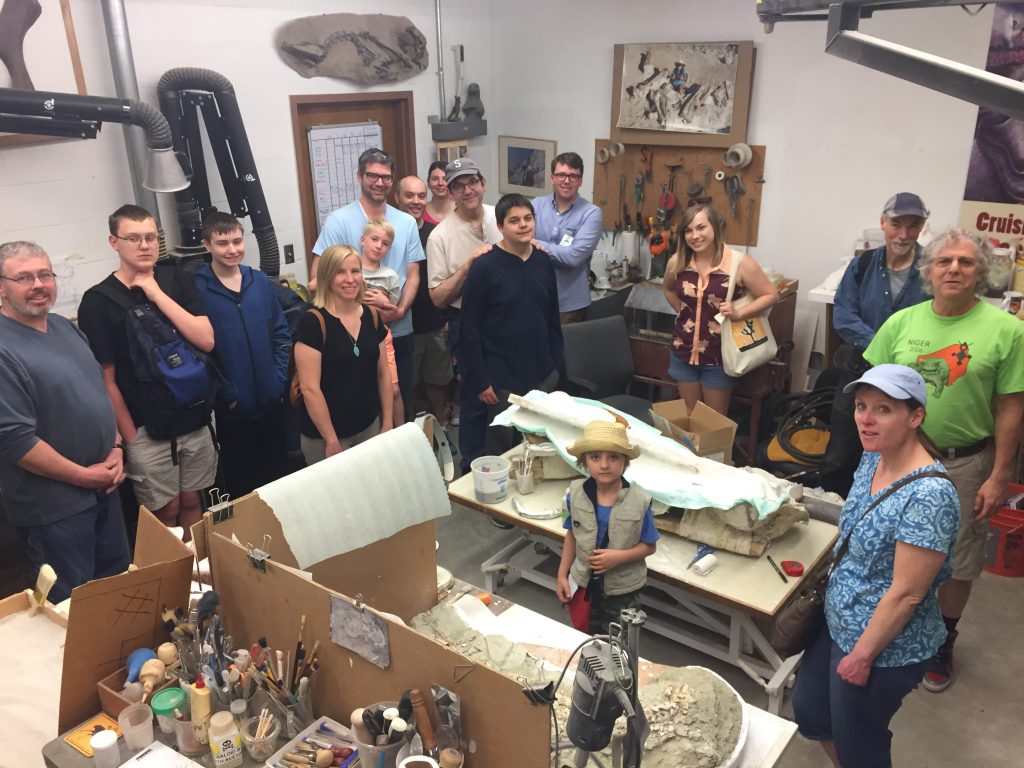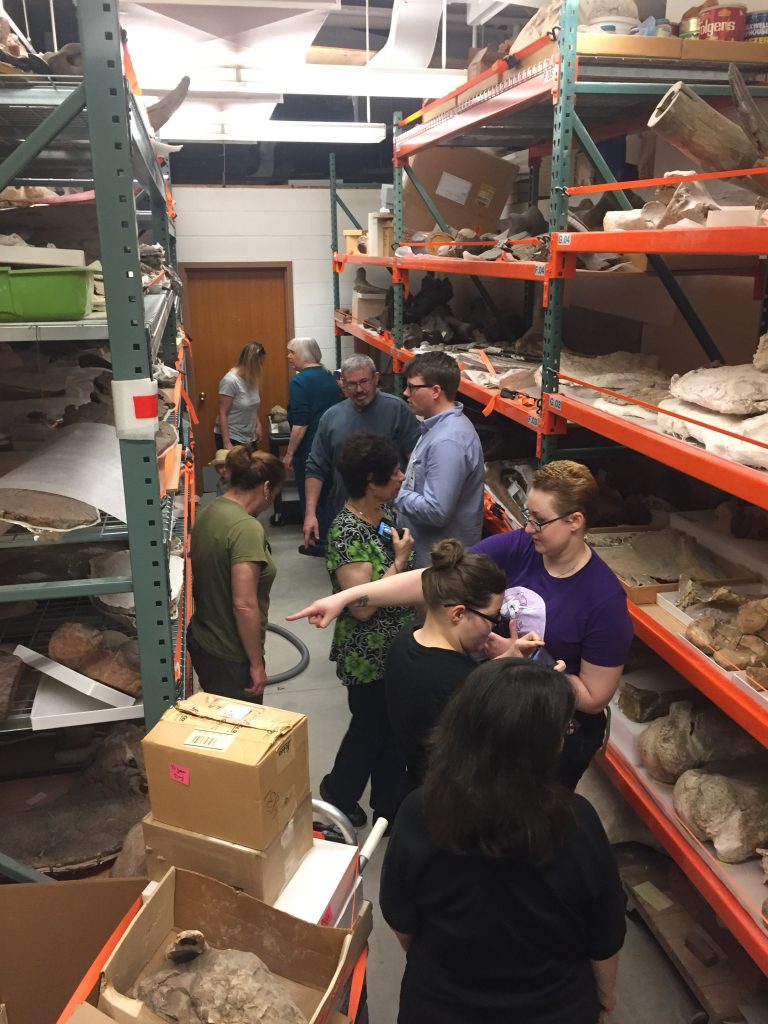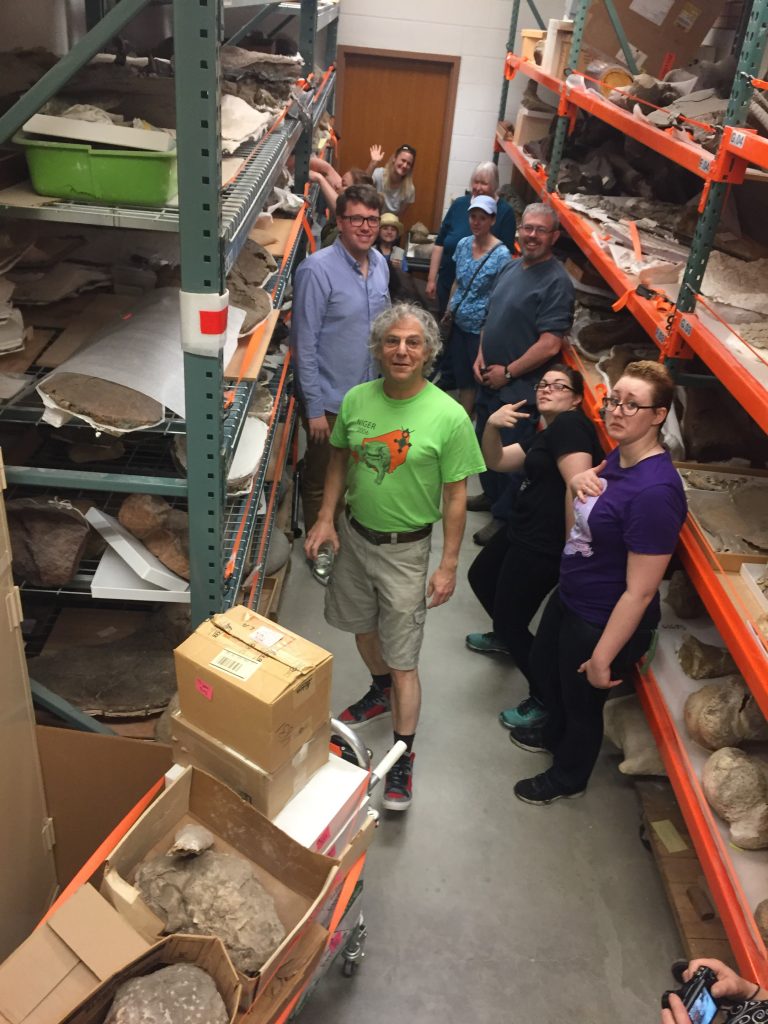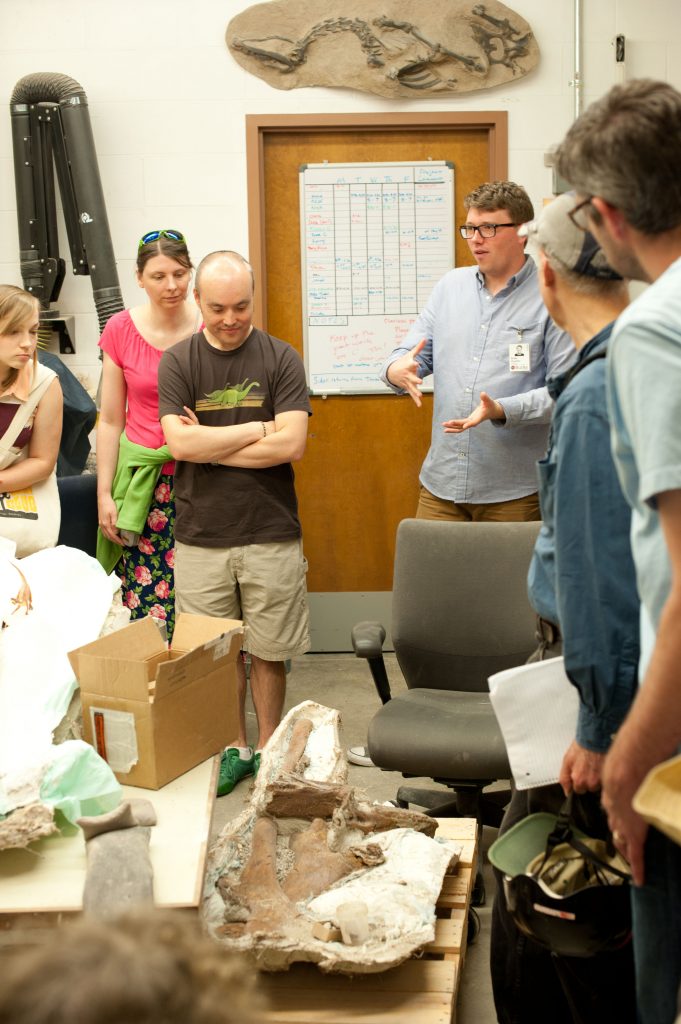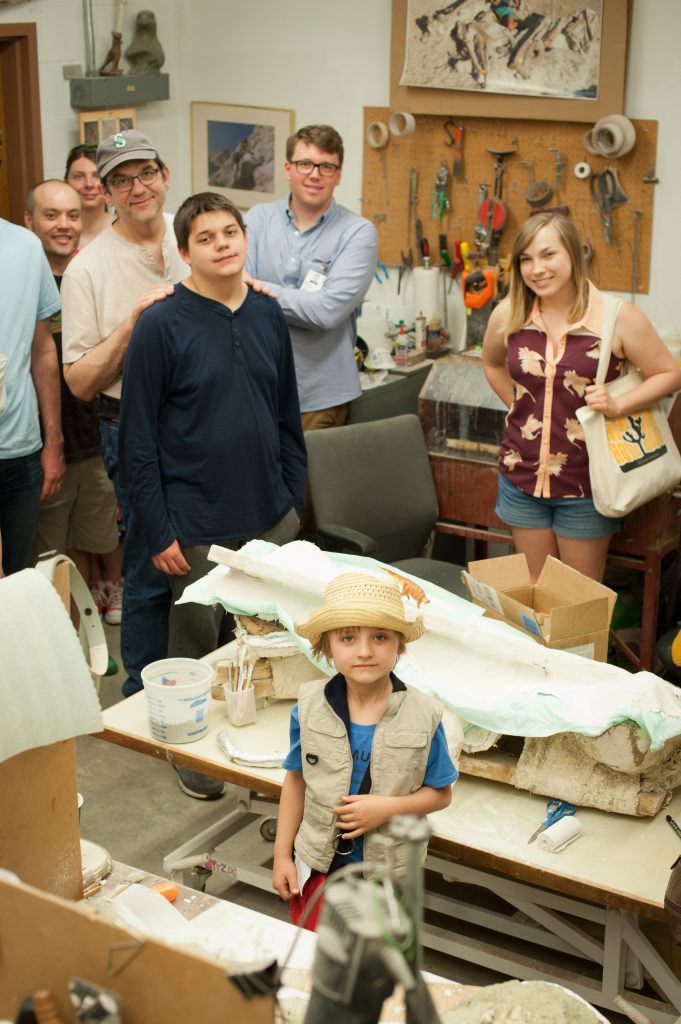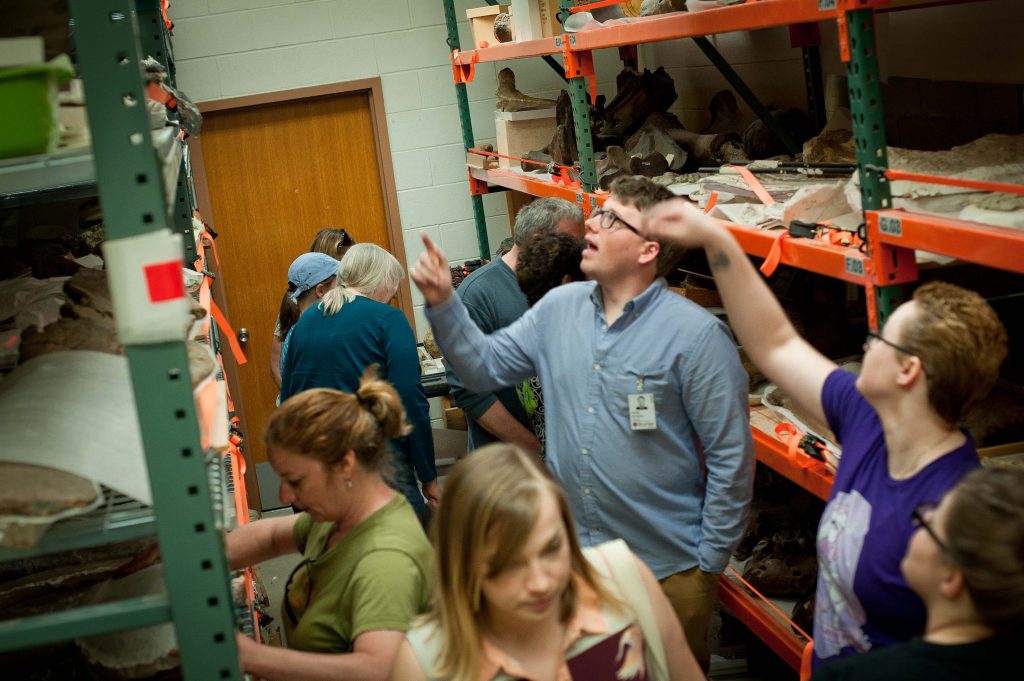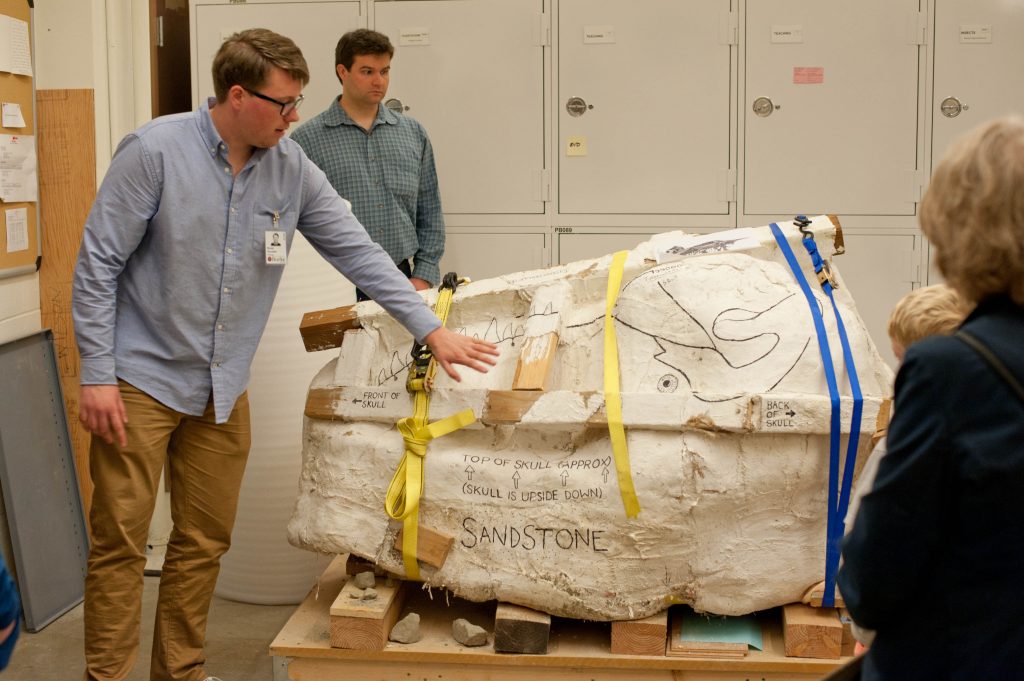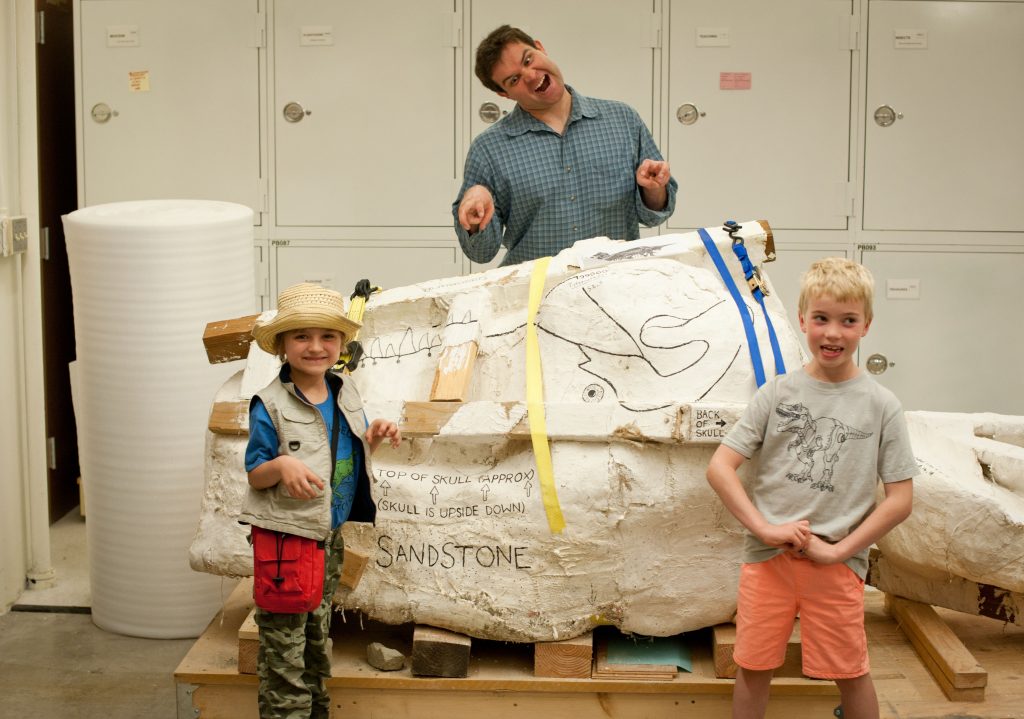Our speaker for the November 26th, 2017 NPA Meeting will now be Joe Small and our own Gary Burgess. If you were around 4 or 5 years ago, you might remember Joe presenting his work on a Boldly Audacious New Chasmosaurine Ceratopsid skull from Montana’s Judith River Formation (Triceratops family). Joe and his scientific team were preparing a paper on the find and he brought along a cast he had made of the original fossil skull so that detailed examination could be performed.
Joe and Gary will take us through the exciting progression of finding, extracting, preparing, studying and publishing. Yes, it took 11 years, discovered in September of 2005 and the paper was published in May of 2016.
‘Judith’, the impressive 5 foot long skull cast, will be at the meeting!
Here is a link to the scientific description paper:
(Note, there is a ‘download a .pdf’ button)
We will be meeting in the Burke Room, give yourselves time to find parking.
November 26, 2017
1pm-3pm
Guests and visitors are always welcome.
Notice: A raffle item will be given away at the meeting. It is a cool loop with an integral LED light!
